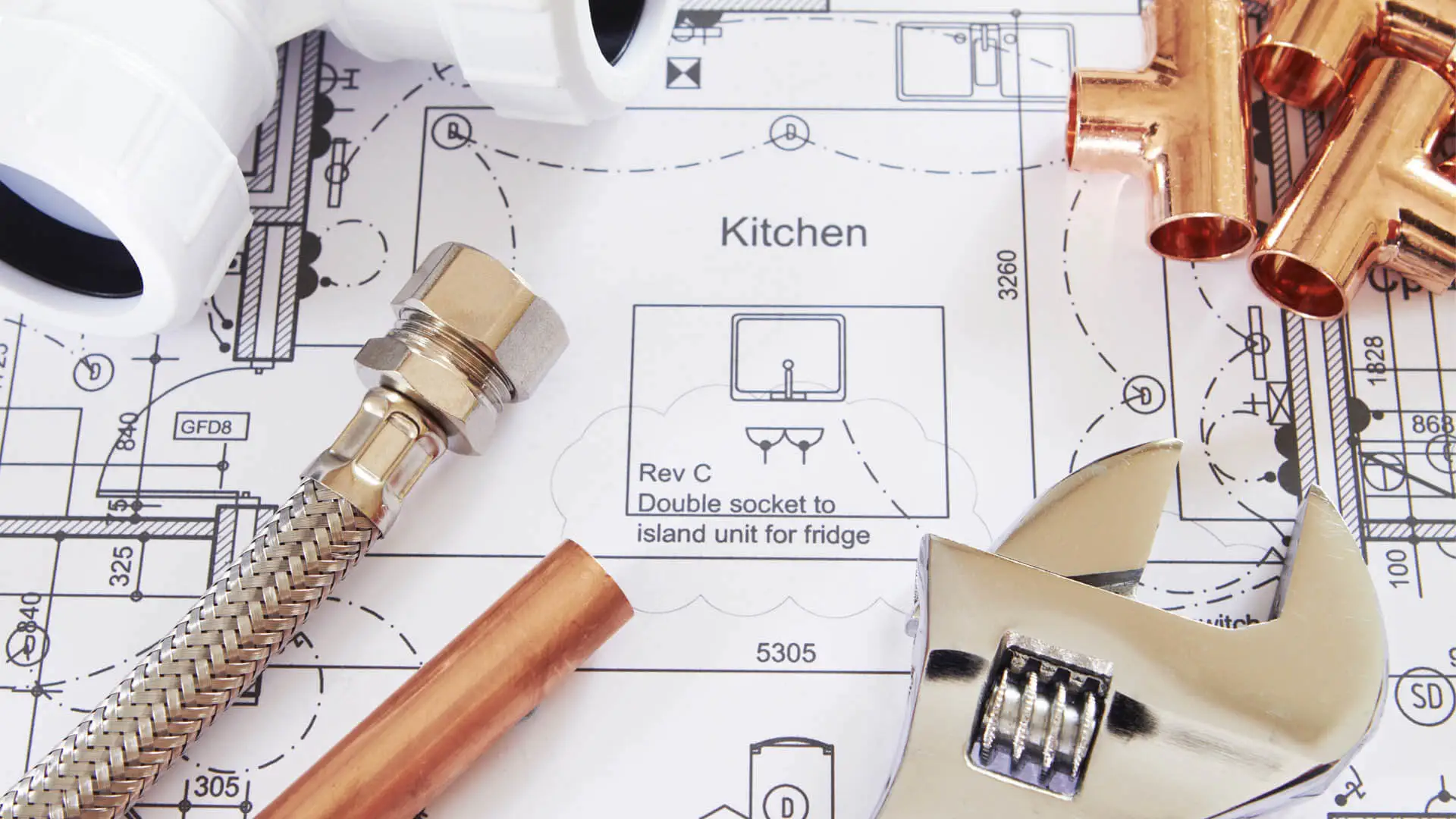
Great plumbing information, news and advice from Curtis Plumbing.

Great plumbing information, news and advice from Curtis Plumbing.
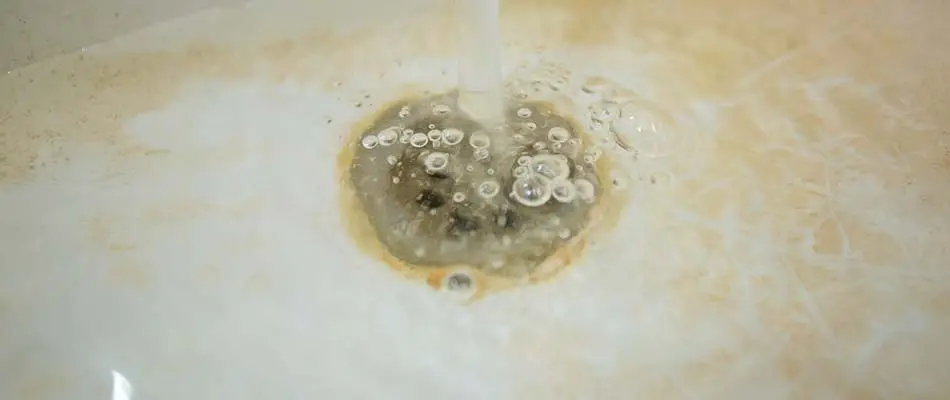
A clogged sewer line is no joke and can pose a series of problems for a homeowner. A serious sewer line clog can become a potential health concern, so knowing what to look for and acting fast by calling a plumber like Curtis Plumbing can save not only your money but your health as well!
Every home has a single main sewer drain that connects the house to the city sewer system. This main drain is about 3-4" in diameter and is connected to every plumbing fixture in your home.
The main sewer drain is the most important part of your plumbing system and if a clog happens, it can definitely be considered an emergency. This is because, when your main drain becomes clogged, sewage can back up into your home!
Homeowners should be on the lookout for several symptoms as signs of a sewer line blockage. Here are three major telltale signs that you need to call a plumber immediately.

Buying a home for the first time can be one of the most exhausting and yet exciting times in your life. One of the most overlooked aspects of purchasing a home is its plumbing system. Knowing how to protect and locate the plumbing components in your home is important. You need to be able to spot issues and know when to call a professional plumber.
Follow these five basic tips to help your first-time home buying experience go smoothly.
The first thing to do is get a professional plumbing inspection done on your home. Most of the plumbing system is hidden from view, and so anything could be happening behind your walls or beneath your floors.
A thorough inspection will provide you with a list of any potential issues currently in the home. It will also highlight the areas that need immediate repairs or replacement.
It is important to ask your real estate agent or your home inspector to...
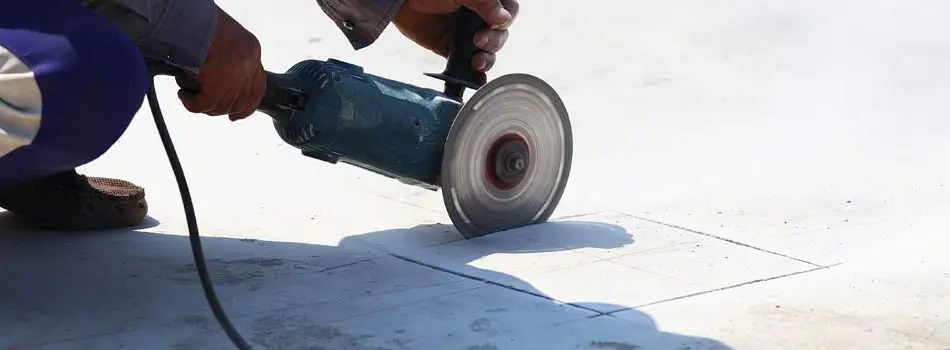
Slab leaks are frequently undetected by homeowners, simply because most of them do not know what they are looking for. When slab leaks go unnoticed for long periods of time, it can lead to thousands of dollars of water damage. The key to catching a slab leak quickly is in knowing what to look for in your home.
Anytime you find damp carpets or warped flooring in a house, it can be an indication that water is coming through the floor. Slab leaks create an accumulation of water in the foundation, which eventually rises to the surface. When this happens, it will cause visible damage to your flooring. Keep a close eye on any damp areas, because this could be a sign that there is a slab leak.
If the slab leak happens to be within the hot water lines, you may find hot spots in your flooring. The leaking hot water will eventually heat up the material directly above it. You will notice hot spots on the hardwood or other hard...
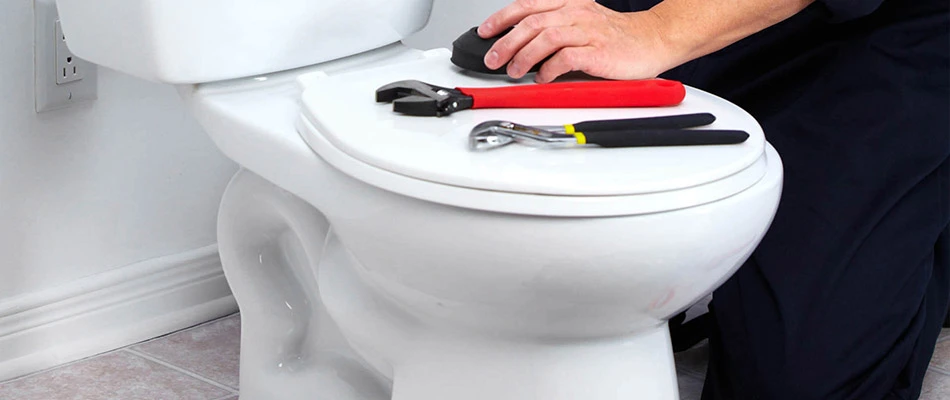
It goes without saying, a single toilet malfunction is a dreaded situation. What could be worse? How about consistent toilet malfunctions! Keep an eye out for several indications that your toilet is better off being replaced than repaired. Here are some telltale signs that replacement is in your future!
The first indication that cracks may be present in your toilet is the pooling of water at the base of the toilet. If you notice any leaks, check the toilet for cracks. While you may not see any visible cracks, there may be some in the bowl or tank.
Cracks in your toilet can cause serious damage to your flooring and be a waste of water! Wet floors can also cause additional problems with water damage, mold, and mildew. If you notice any of these issues, and they are due to cracks, replacing your commode may be the best course of action!
Of course, a properly working...
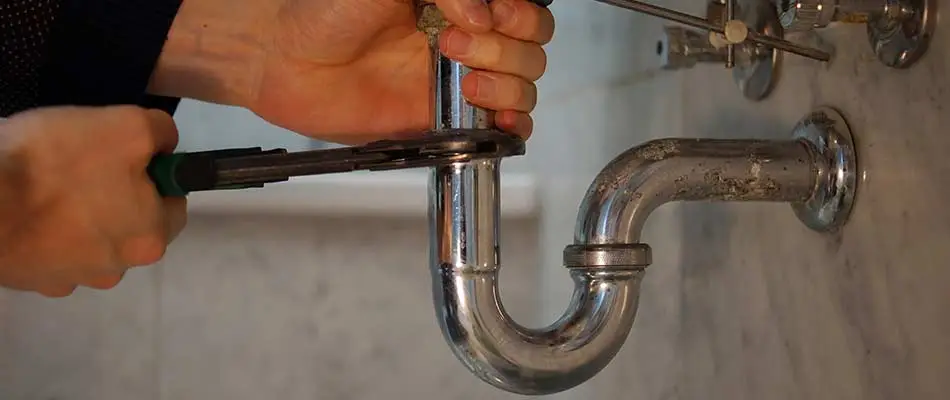
Considering the importance of plumbing, it can be interesting to think about how homeowners often don't know the proper terms, uses, and warning signs associated with their plumbing. For example, they may not know that one of the most useful devices that can be found attached to most sinks, showers, toilets, and other major plumbing fixtures is the P-trap.
The P-trap is a plumbing fixture made up of two 90° joints and a horizontal overflow pipe. When these pipes are put together, they create a "P" shape, which lends to the name P-trap. Most P-traps are designed from PVC pipes or steel. Exposed fixtures, such as under kitchen sinks or behind toilets, will feature steel, as it is more attractive and blends into the surroundings better.
Your plumbing fixture has a P-trap for a couple of crucial reasons:
